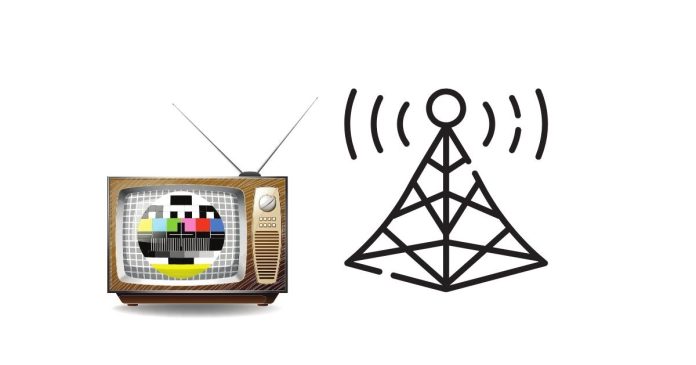Transmission media refers to the physical or logical pathways through which data is transmitted from one device to another in a communication system. It can be broadly categorized into two types:
1. Guided Media (Wired Media)
Data signals travel through a physical path such as cables. These are tangible and controlled.
Types:
Twisted Pair Cable:
Consists of pairs of insulated copper wires twisted together.
Examples: Ethernet cables (Cat-5, Cat-6).
Advantages: Low cost, flexibility, and easy installation.
Disadvantages: Susceptible to electromagnetic interference (EMI).
Coaxial Cable:
Composed of a core conductor surrounded by insulation, a metal shield, and an outer plastic cover.
Applications: Cable television, broadband internet.
Advantages: Better shielding, higher bandwidth.
Disadvantages: More expensive, less flexible.
Fiber Optic Cable:
Uses light to transmit data through strands of glass or plastic fibers.
Applications: High-speed internet, telecommunication.
Advantages: High bandwidth, long-distance communication, resistance to EMI.
Disadvantages: Expensive, delicate, and complex to install.
2. Unguided Media (Wireless Media)
Signals are transmitted through the air, without the use of physical cables.
Types:
Radio Waves:
Widely used for long-distance communication, including AM/FM radio, TV broadcasts, and mobile phones.
Advantages: Can travel long distances and penetrate walls.
Disadvantages: Prone to interference and security risks.
Microwaves:
Use high-frequency radio waves for communication, typically in line-of-sight.
Applications: Satellite communications, Wi-Fi, cellular networks.
Advantages: High bandwidth, suitable for long-distance.
Disadvantages: Requires clear line-of-sight and is affected by weather.
Infrared Waves:
Used for short-range communication such as remote controls and certain wireless devices.
Advantages: Cheap and easy to implement.
Disadvantages: Limited range, cannot penetrate obstacles.
Satellite Communication:
Involves sending signals to a satellite in orbit, which then transmits them back to the ground.
Applications: GPS, television broadcasts, internet access.
Advantages: Covers a large area.
Disadvantages: Expensive, subject to signal delay.
Factors Affecting Transmission Media:
1. Bandwidth: Determines the data-carrying capacity.
2. Attenuation: Signal loss over distance.
3. Interference: Electromagnetic or radio signal disruptions.
4. Cost: Installation and maintenance expenses.
5. Security: Resistance to eavesdropping or hacking.
Transmission media form the backbone of any
communication system, and the choice depends on factors like distance, data rate, cost, and application requirements.


